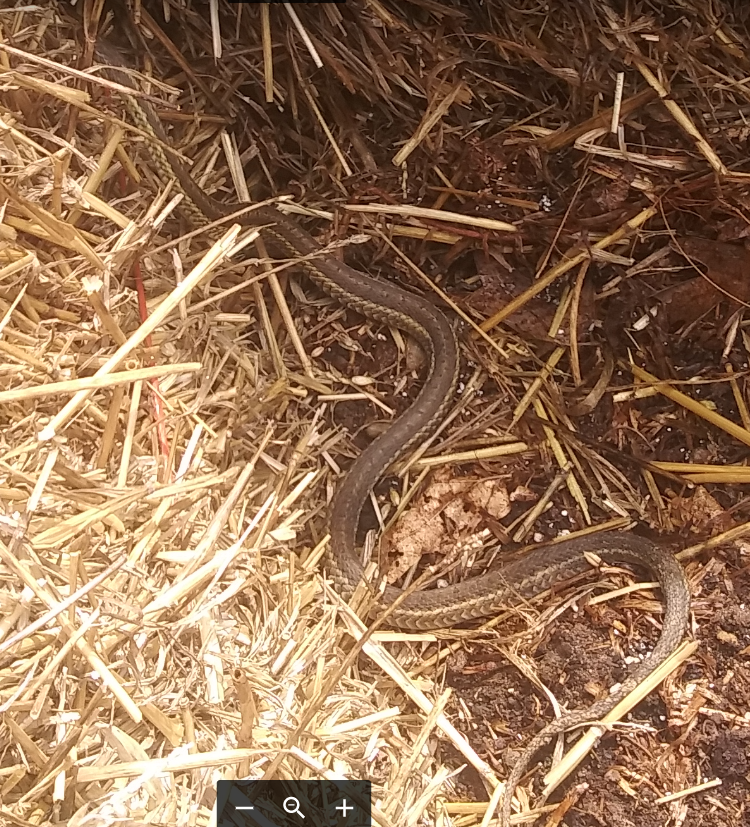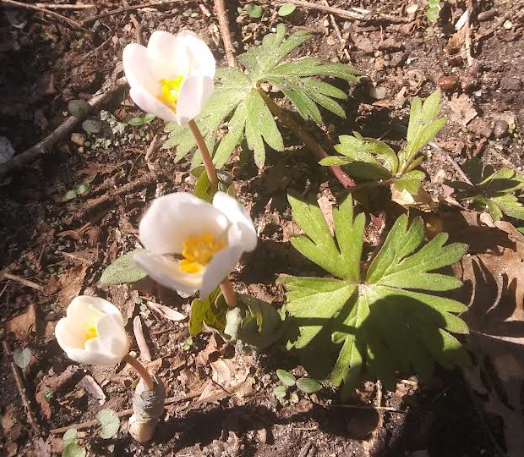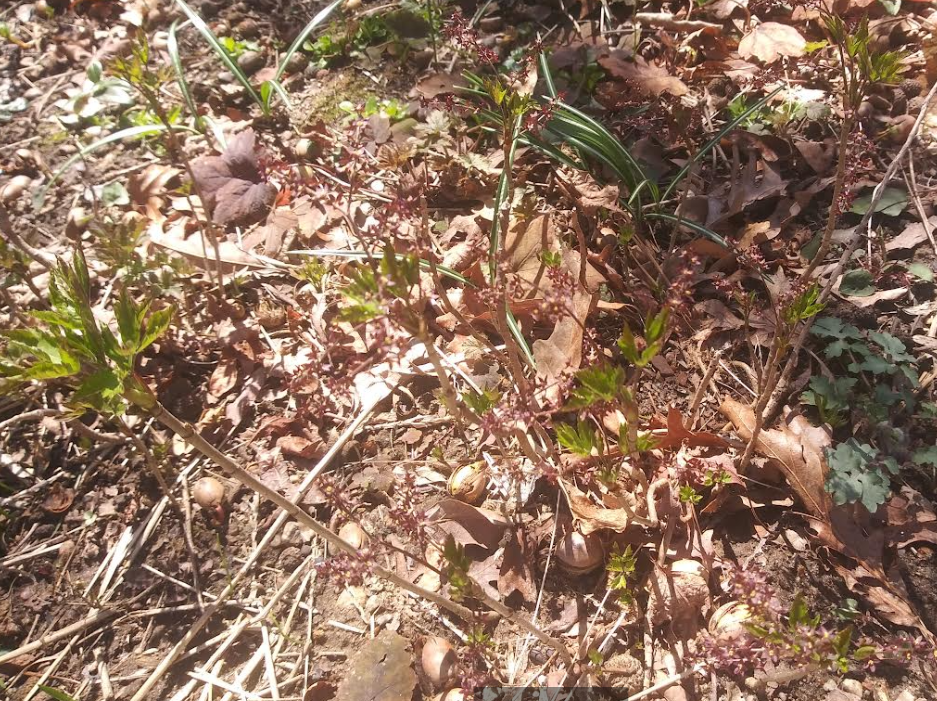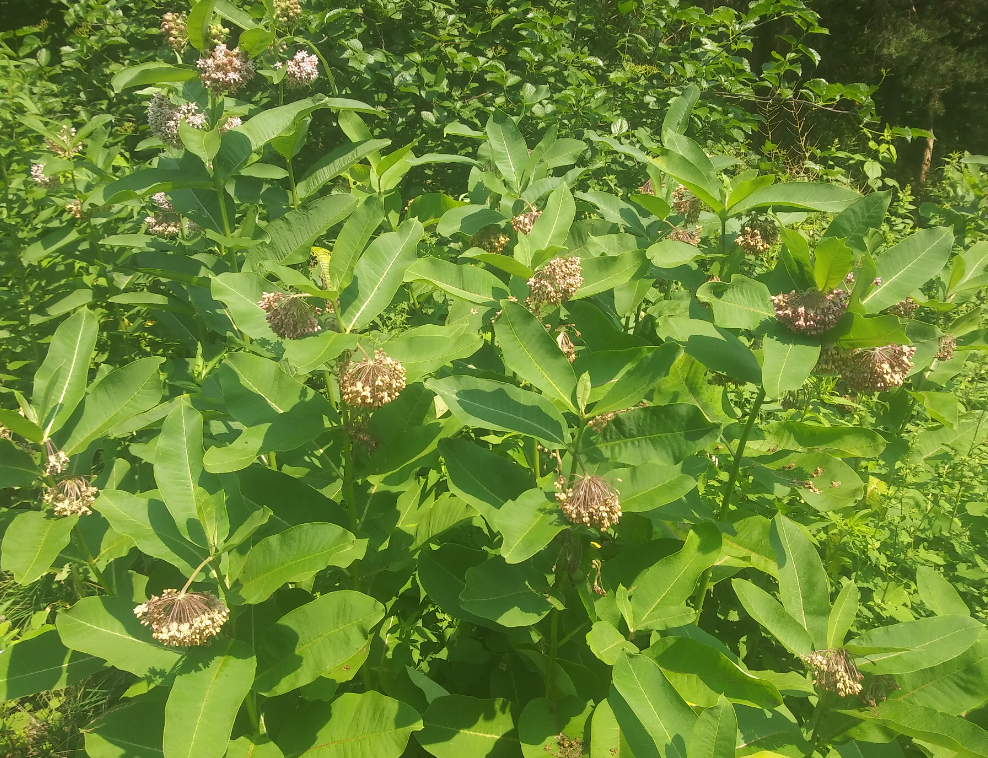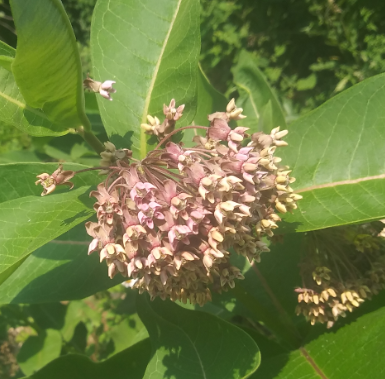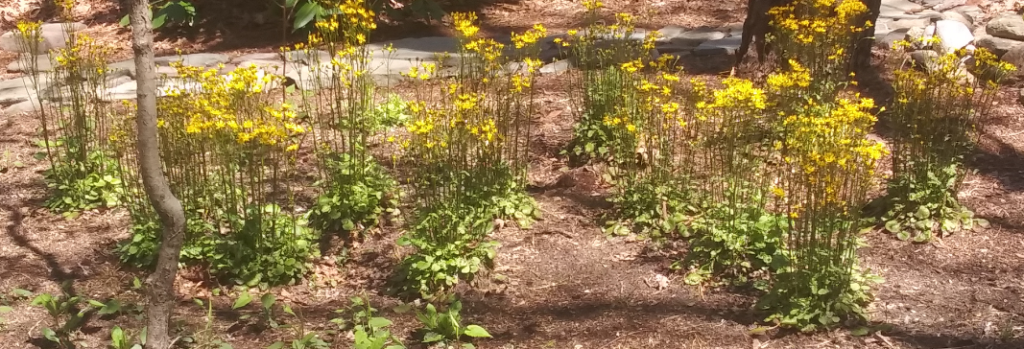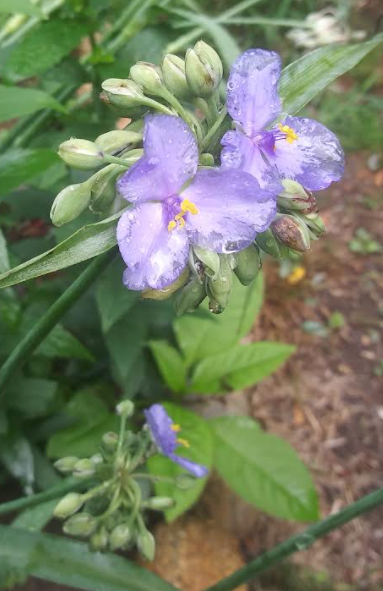Well, not exactly. But I am lucky enough to get the beautiful lion’s mane fungus coming back this year. Hericium erinaceus is an edible fungus that looks out of this world. Maybe ‘lucky’ is not the word I should use as it is living on the timbers that hold together a stairway alongside the house, but if deterioration is a fact of life then this is certainly one of the more interesting means to accomplish that. It could be a companion appearance for a while to come as this fungus has been documented as surviving for 40 years or more.
I have yet to find an exact determination of this fungus – many sources repeat that this is native to Europe (where it is actually rare and declining), while others describe this as a common fungus of the northern hemispheres, including North America. There is also some reference that there may be several subspecies in different regions. Frankly I don’t care and I just love the way this fungus looks!
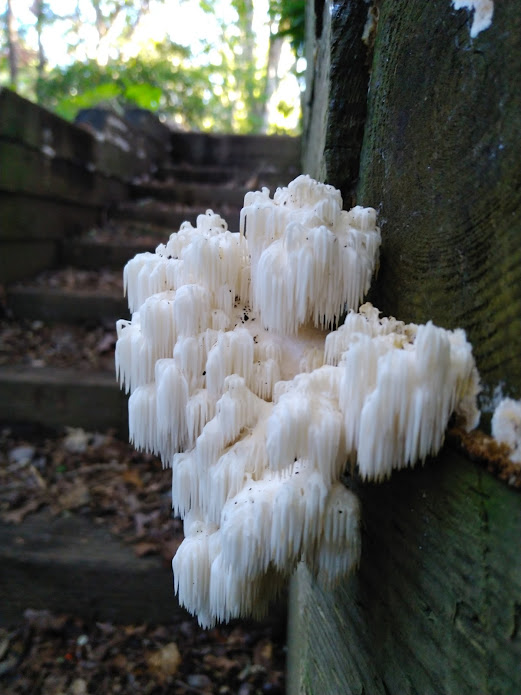
Hericium erinaceus has a following in the culinary world, where young fruits are used as a specialty mushroom dish. I’ve yet to do sample it in a cooked fashion but I have tasted it and it has a nice mushroom taste. If you were looking for a more detailed description on the flavor notes and olfactory qualities don’t look to this resource.
At the time of penning this blog post, the Lion’s Mane has withered to a memory. The lifespan of the fruit is a mere few weeks, and deterioration sets in rather quickly, with the structure yellowing and being predated upon by slugs and other critters – they seem to find it quite tasty. So if you are seeing these you may want to harvest sooner than later.
